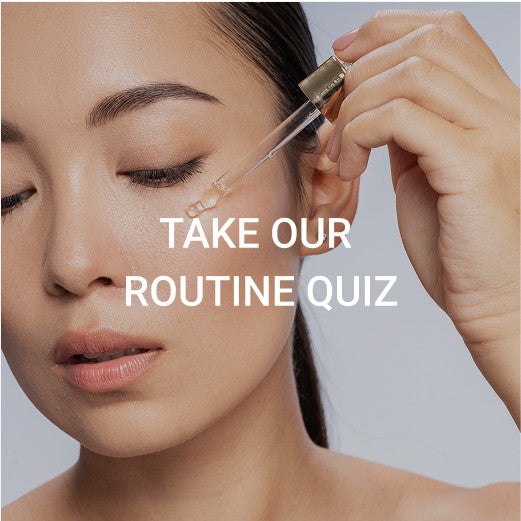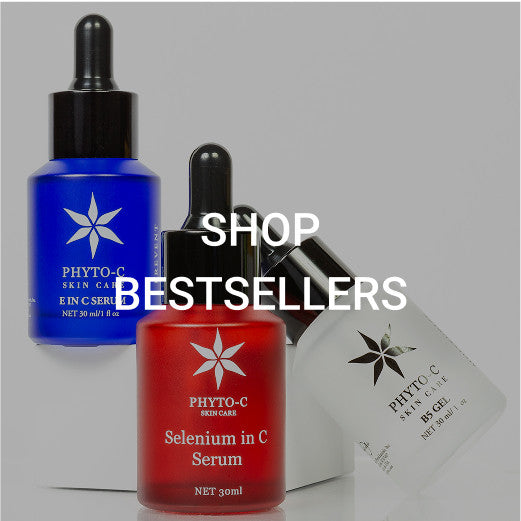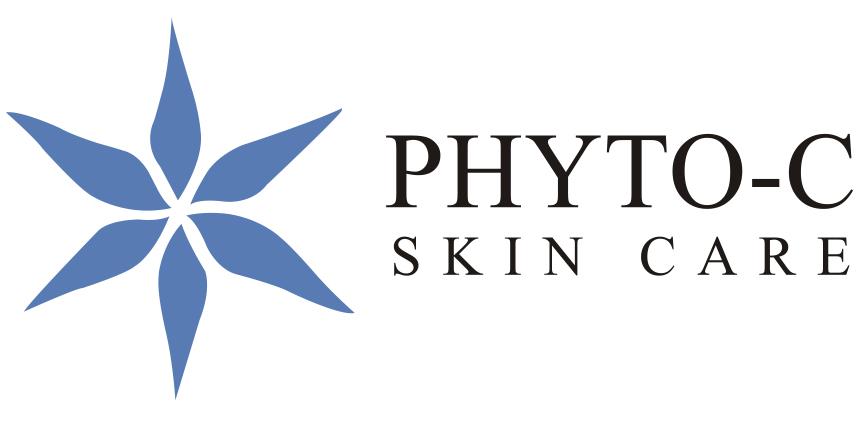A common myth is that products with alcohol as an ingredient should be avoided. Alcohol is used in skincare products to: improve the application of the formula, improve the formula’s ability to be absorbed, and extract key ingredients from plants. The argument against alcohol in cosmetics stems from the claims that they irritate the skin and cause inflammation, which may damage the skin by weakening the skin barrier. This can cause the skin to appear inflamed, bruised, and cause hyperpigmentation. Consumers should consider the product in question as a whole rather than the individual ingredients.
Alcohol is Present in Many Products
The reality is that many products do contain alcohol, even ones that say “alcohol-free” on the label. It should be known that a product that claims it does not contain alcohol on its label may in fact have one or more fatty alcohols. This is because not all alcohols are made the same. The term “alcohol,” as it pertains to cosmetics and skincare, refers to ethyl alcohol, or more commonly, ethanol. Fatty alcohols are different. These come in various forms, such as cetearyl alcohol or propylene glycol. They’re beneficial because they moisturize and enhance the lipid barrier of the skin while providing a smoother, softer feel. By avoiding all alcohols, you may be doing a disservice to your skincare routine.
Ethanol in Cosmetics
The type of alcohol commonly considered to be damaging or irritating is ethanol. Ethanol is volatile, which means it quickly evaporates. It leaves the skin’s surface quickly in low concentrations in comparison to in vitro studies where samples are sealed, thus preventing evaporation. Considering the effectiveness of the stratum corneum, the skin’s first line of defense, ethanol in cosmetics hardly seems capable of harm. The question becomes: How much damage can ethanol do to the skin?
Alcohol in Clinical Trials
Clinical trials are used to test the potential dangers in cosmetics. One such test used to determine the safety of ingredients is a hand rub test, in which a patch of skin (on the hand or forearm) is given a specific dose over a set amount of time. The average concentration of alcohol used in cosmetics is 10% compared to products used in hand rub tests that contain up to 80% alcohol. The difference in alcohol concentrations vary greatly and unsurprisingly are not accurate representations of how alcohol in cosmetics will affect the skin.
Ethanol in Clinical Trials Compared to Cosmetics
An in vitro study that applied 100% ethanol to excised pig skin (due to how similar it is to human skin) found that not only did half of the alcohol evaporate after 10 seconds, but only 3% remained inside and on the skin. That means 97% of ethanol in cosmetics evaporates. Even with exaggerated parameters, these tests show that alcohol is of no major concern in skincare.
Skin Inflammation from Ethanol.
Skin issues that are blamed on the use of ethanol in cosmetics include inflammation, skin dryness, and skin barrier disruption. Inflammation is connected to a number of skin issues, including wrinkles, acne, and uneven skin tone. A study conducted in 2017 concluded that concentrations of up to 70% alcohol made no significant inflammatory changes to the skin even after 100 applications over the course of 14 days compared to water. Therefore, products with alcohol ARE generally recognized as safe to use without concern for inflammation. However, if you do have sensitive skin, it would be best to patch test the cosmetic with alcohol in it before liberally applying it.
Skin Dryness from Ethanol
Another common concern associated with alcohol in cosmetics is dry skin. Dry skin can be unsightly, causing insecurity. However, ethanol was tested for causing skin dryness in two studies that found using 60% to 80% ethanol over the course of 7 days did not greatly change the amount of sebum or moisture of the skin when compared to water.
Skin Barrier Disruption from Ethanol
The disorganization of the lipids of the stratum corneum is known as skin barrier disruption. This can interfere with the skin’s ability to hold onto moisture. In vitro studies where ethanol does disrupt the skin were considered too inconsistent, often resulting in no big changes. To determine the effects of alcohol on skin barrier disruption, a hand rub test was performed with 70% ethanol applied 20 times per day for the duration of 14 days. No significant changes were noticed in transepidermal water loss (TEWL). However, a spike in skin barrier disruption was observed when applied 100 times in a day.
The Final Verdict on the Safety of Alcohol in Cosmetics
It is clear that alcohol in cosmetics isn’t strictly bad, nor should they be avoided. Clinical trials have tested the limits of what skin can endure in regard to ethanol, but in the end, skincare products contain merely a fraction of the amounts used in such tests. Cosmetics are usually supplemented with nourishing and soothing ingredients to offset any minor irritation from other ingredients, such as fatty alcohols like propylene glycol. In some cases, ethanol can even be preferred. Due to ethanol’s low molecular weight and its ability to remove oils, it can help people with oily skin. Skincare formulas can be complex and should be judged as a whole product or by regimen. However, determining what products are best for you begins with knowing your skin type and doing some trial and error.
Finding natural, safe, and clinically tested skincare products may seem daunting; reach out to one of our skincare experts who will be more than happy to help you prevent, correct, and rejuvenate your skin and regain your confidence. Email us at info@phyto-c.com or call us at 1-877-4PHYTOC.
References
Pendlington, RU et al. “Fate of ethanol topically applied to skin.” Food and Chemical Toxicology. Volume 39, Issue 2, February 2001, pp. 169-174.
Cartner, T et al. “Effects of different alcohols on stratum corneum kallikrein 5 and phospholipase A2 together with epidermal keratinocytes and skin irritation.” International Journal of Cosmetic Science. Volume 39, Issue 2, April 2017, pp. 188-196.
Löffler, H et al. “How irritant is alcohol?” British Journal of Dermatology. Volume 157, Issue 1, July 2007, pp. 74-81.
Kramer, A et al. “Clinical double-blind trial on the dermal tolerance and user acceptability of six alcohol-based hand disinfectants for hygienic hand disinfection.” J Hosp Infect. Volume 51, June 2002, pp. 114-120.


 My Account
My Account Our Story
Our Story Shipping Information
Shipping Information Returns
Returns FAQ
FAQ Contact Us
Contact Us

 Next Post
Next Post